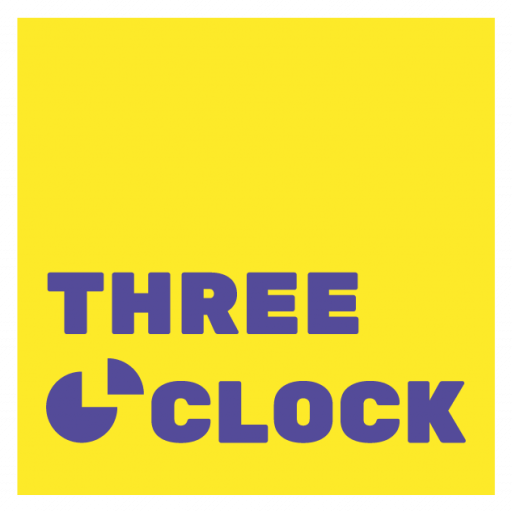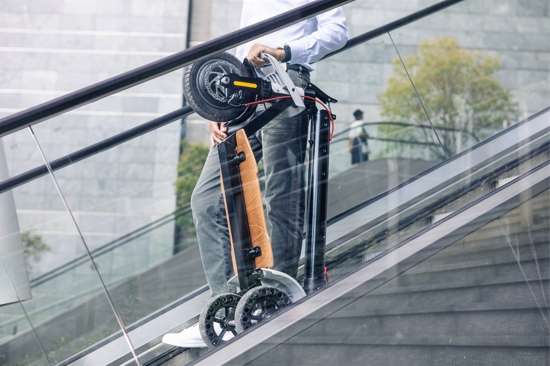Three o’clock is setting up 3 pilots to test a new three-wheel electric kickscooter (eks) and an inflatable helmet, as part of a European project dreemscooter.eu.
Starting in March and for a duration of 3 months, about 150 people will be testing an electric kickscooter designed by Punch Torino. With three large wheels, a large deck, rear turn indicators and a collision alert system, this eks is set to raise safety standards on the eks market. The inflatable helmet, developed by French startup Bumpair, is up to 3 times more protective than a traditional helmet and up to 8 times more compact than a traditional one. When deflated, it fits into a pocket or bag.
Three pilots, three cities, three population types
In addition to testing the equipment, the pilots will also be testing different business models and services.
The first pilot is coordinated by 5T, an Italian agency which manages ITS and mobility services in Turin. Employees from 5T and Punch Torino will be using the eks to commute to and from work and will be testing multimodality and integration with public transport.
The second pilot is coordinated by Tractebel, an engineering company part of the ENGIE Group. This pilot aims to test a corporate fleet of eks with a view to replace company cars with other forms of greener mobility, as part of a ‘mobility budget’.
The third pilot is coordinated by the University of Gothenburg (UGOT). The pilot will recruit students and university staff to commute to and from school/work, and test mobility patterns between faculties and buildings.
To set up the pilots and recruit the right testers, we ran a survey to define the socio-economic profiles in each pilot. Results show many differences between them. The participants were also asked whether they used their own e-kickscooter or a shared eks service in five common scenarios: to buy groceries (up to €50), to run an errand, to visit a friend (<15 km away), to commute or for work-related trips.
From a total of 391 respondents (221 from Torino, 62 from Brussels and 108 from Gothenburg), very few use eks. The graphics below show the percentages of the total number of respondents in each city.
Regarding owners of eks, in the case of Torino, up to 4% acknowledged using it for errands or going to work. 2% use it for buying groceries and visiting a friend. For work-related trips only 1% use their eks. In Brussels, the numbers are even lower. Only 2% of respondents use it for buying groceries. In the other four scenarios, the eks is not used at all. In Gothenburg, no respondents use their own eks in any of the scenarios.
In Torino, there are less users of shared eks, except for work-related trips. There were no users of shared eks in Brussels. However, up to 4-5% of respondents in Gothenburg use shared eks for most scenarios, with only 2% for groceries.
These results clearly show how limited the use of eks is, both owned and shared, in all three pilots and population type. How will these numbers change after we run the pilots?
Stay tuned!
Follow us on LinkedIn & Instagram





